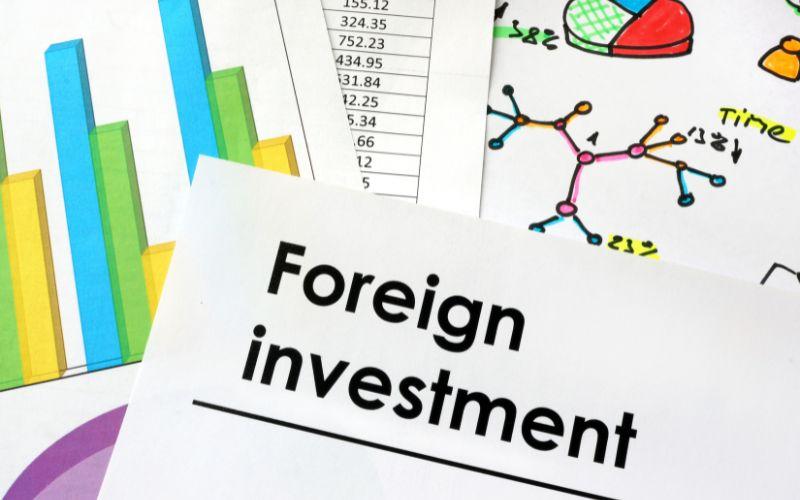By Dipesh Ghimire
The State of Nepal’s Economy and Tourism: Challenges and Opportunities

The global economy is currently in a fragile state, and Nepal is not immune to its effects. Despite a surplus of funds in banks, entrepreneurs and businesses in Nepal are unable to borrow and generate sufficient profits to repay loans. This stagnation has left the nation’s economy at a standstill.
Nepal’s economic imbalance is further exacerbated by declining exports compared to imports. While recurrent expenditures have risen, capital spending and revenue generation have failed to meet expectations. The government has resorted to foreign loans for development projects, signaling deeper economic challenges.
In such a scenario, tourism could play a pivotal role in revitalizing the economy. Tourism generates substantial revenue worldwide—approximately $800 billion annually—even after setbacks from the COVID-19 pandemic. However, Nepal and other South Asian countries capture only 1% of this market. Neighboring China, by contrast, has reaped significant benefits from its tourism sector.
The development of air travel has bolstered tourism globally, with 1.5 billion tourists traveling via air annually. Airlines in Asia and the Pacific region have increased their capacity by 10%, serving 80% of these travelers. This highlights the potential of aviation in promoting tourism.
Nepal’s Tourism Potential
Nepal, with its geographical diversity, offers unparalleled attractions. The world’s highest peak, Mount Everest (8,848m), and eight other mountains above 8,000m are in Nepal. The country’s terrain ranges from the Terai plains to lush valleys and gorges, captivating visitors. Additionally, Nepal is home to over 5,000 species of plants, many of which have medicinal value, though their potential remains underutilized.
Nepal’s rich cultural and religious heritage is equally noteworthy. Its centuries-old traditions, art, literature, festivals, and cuisine offer unique experiences. However, despite being a cost-effective travel destination, inadequate promotion has limited tourist arrivals.
Nepal could attract a wide range of tourists through activities such as trekking, rafting, paragliding, jungle safaris, and cultural exploration. To achieve this, visionary political leadership and robust infrastructure development are essential.
Post-Pandemic Recovery and Challenges
The tourism sector suffered greatly during the COVID-19 pandemic. In 2020, international tourist arrivals dropped by 81%, leading to daily losses of NPR 10 billion, according to the Ministry of Tourism. The lack of secure jobs for workers in the sector has added to the crisis.
Though the government prioritizes tourism, issues like inadequate infrastructure, weak economic diplomacy, and failure to explore new destinations persist. Most tourists remain concentrated in Kathmandu, Chitwan, Pokhara, Lumbini, and Janakpur, while lesser-known destinations remain overlooked.
Additionally, the lack of luxury hotels, reliable transport systems, and peace and security further hampers Nepal’s tourism potential. Strikes and political instability deter tourists, while limited promotional efforts fail to showcase Nepal’s unique assets effectively.
The Way Forward
For sustainable growth, Nepal needs to diversify its tourism offerings, improve rural tourism, and invest in niche sectors like health, agricultural, and sports tourism. Establishing national and provincial cultural museums can preserve Nepal’s traditions and attract more tourists.
Tourism’s success depends on addressing these challenges with a focus on innovative marketing, secure environments, and strategic investments. With its natural and cultural wealth, Nepal has the potential to transform its tourism industry into a key driver of economic growth.









